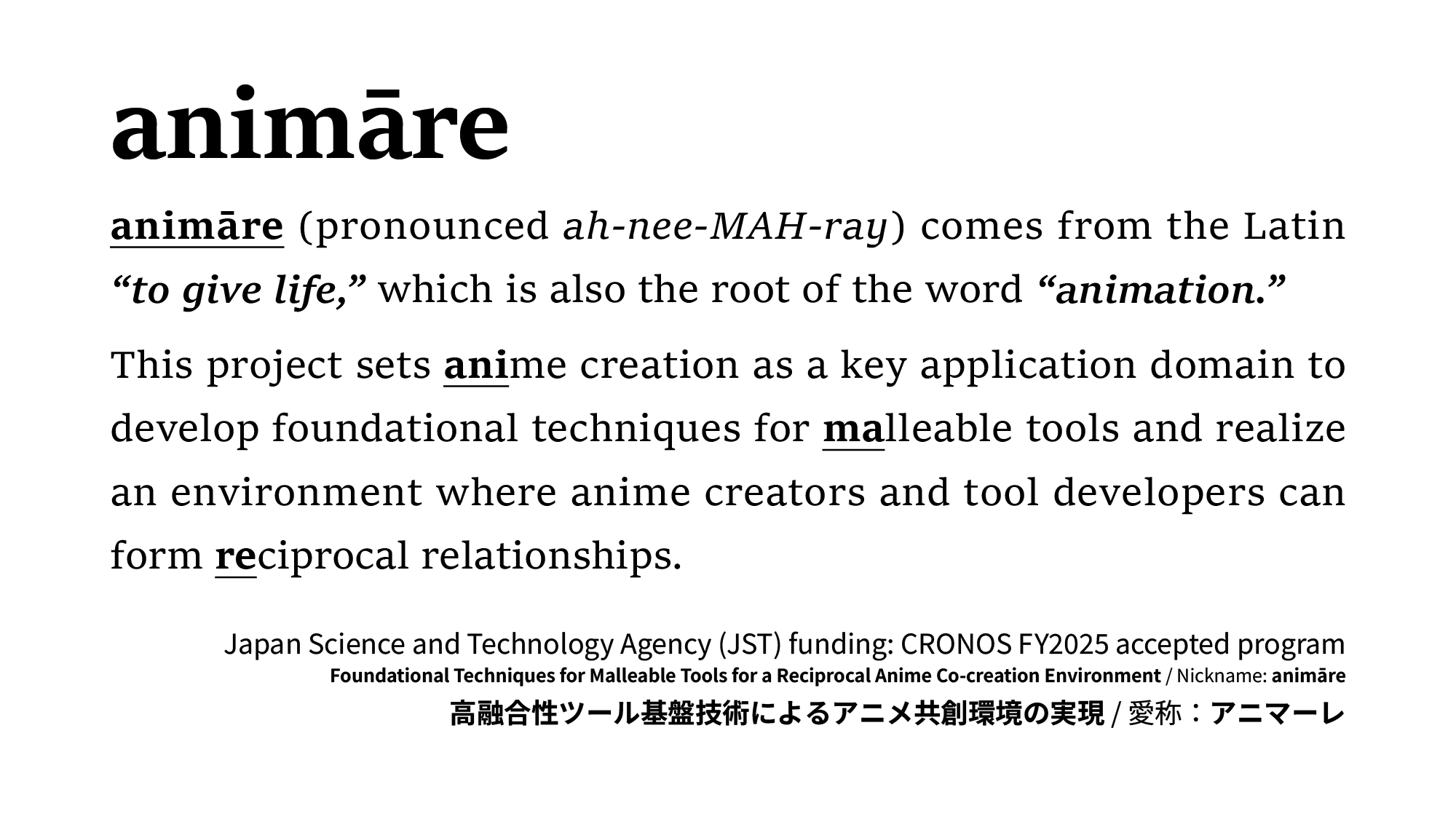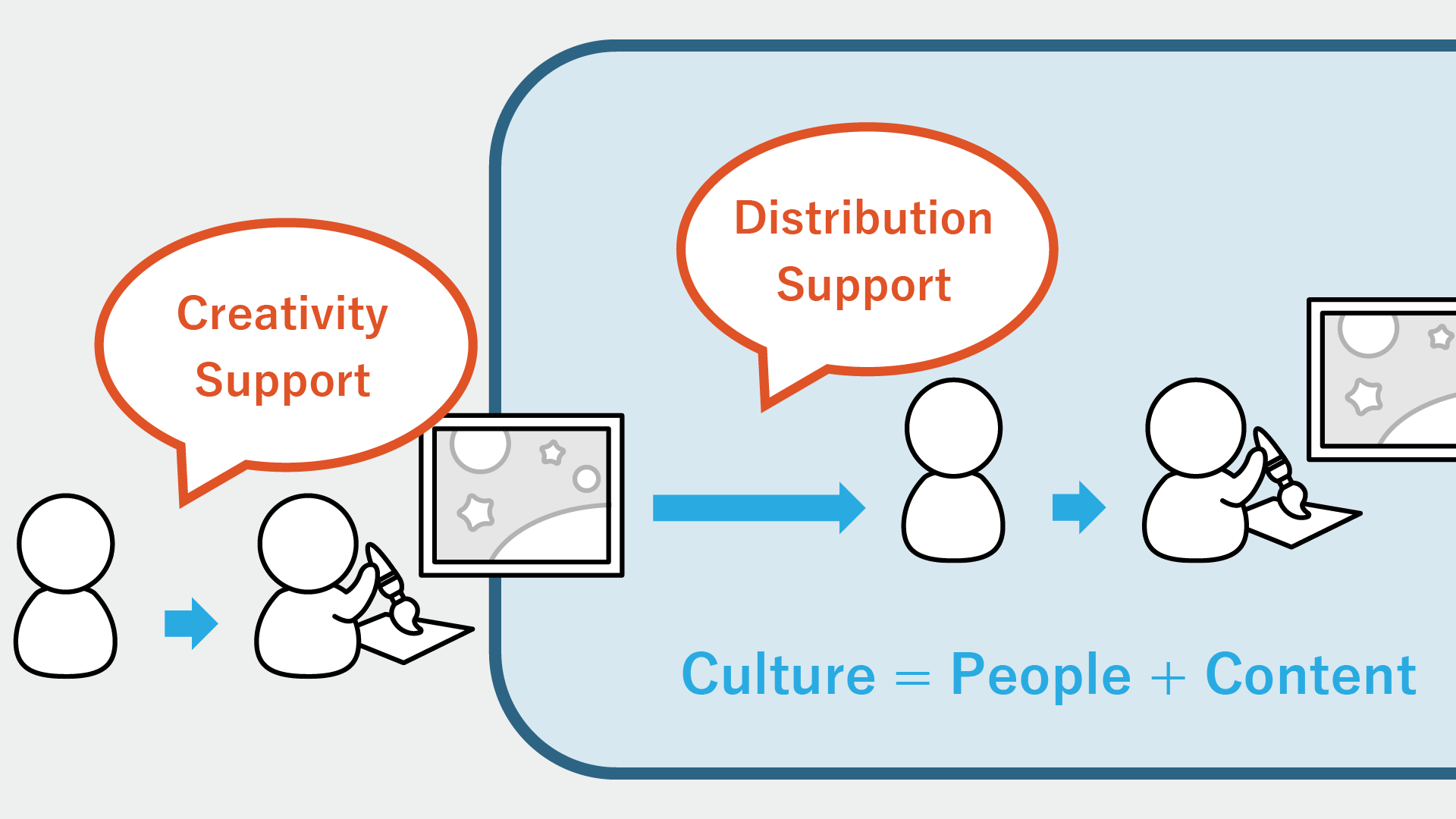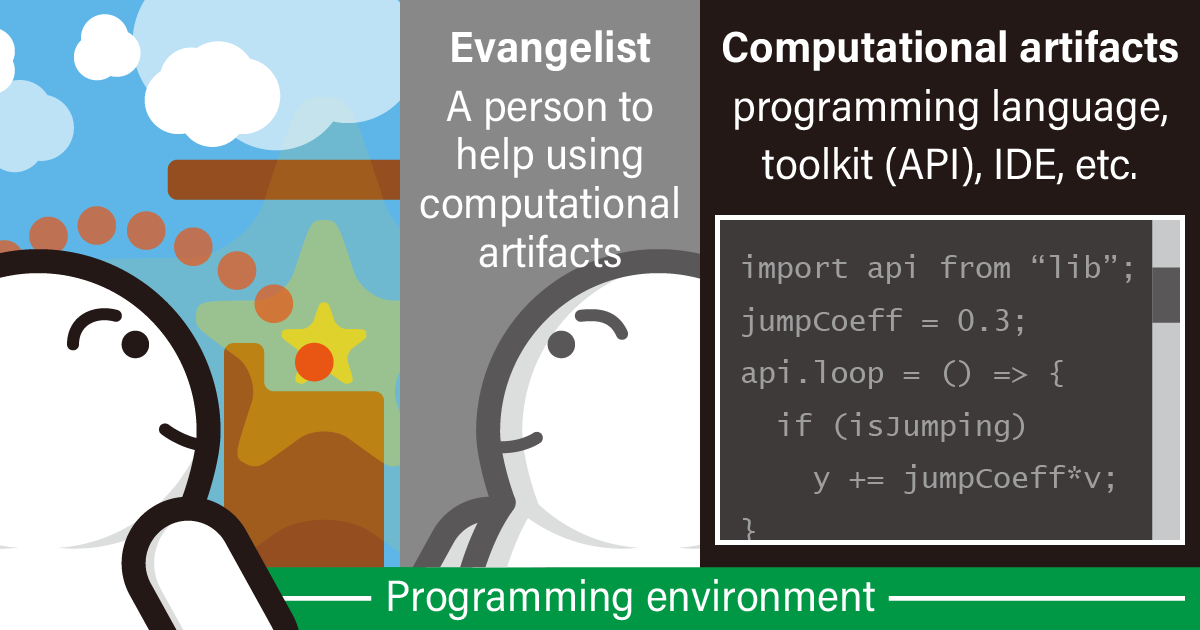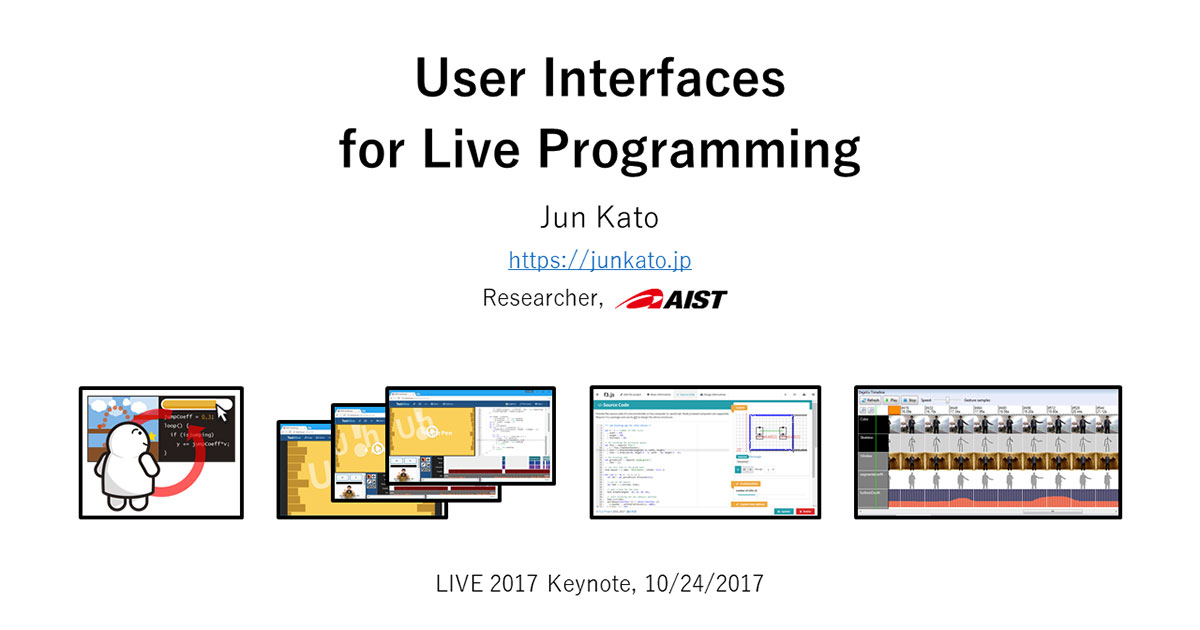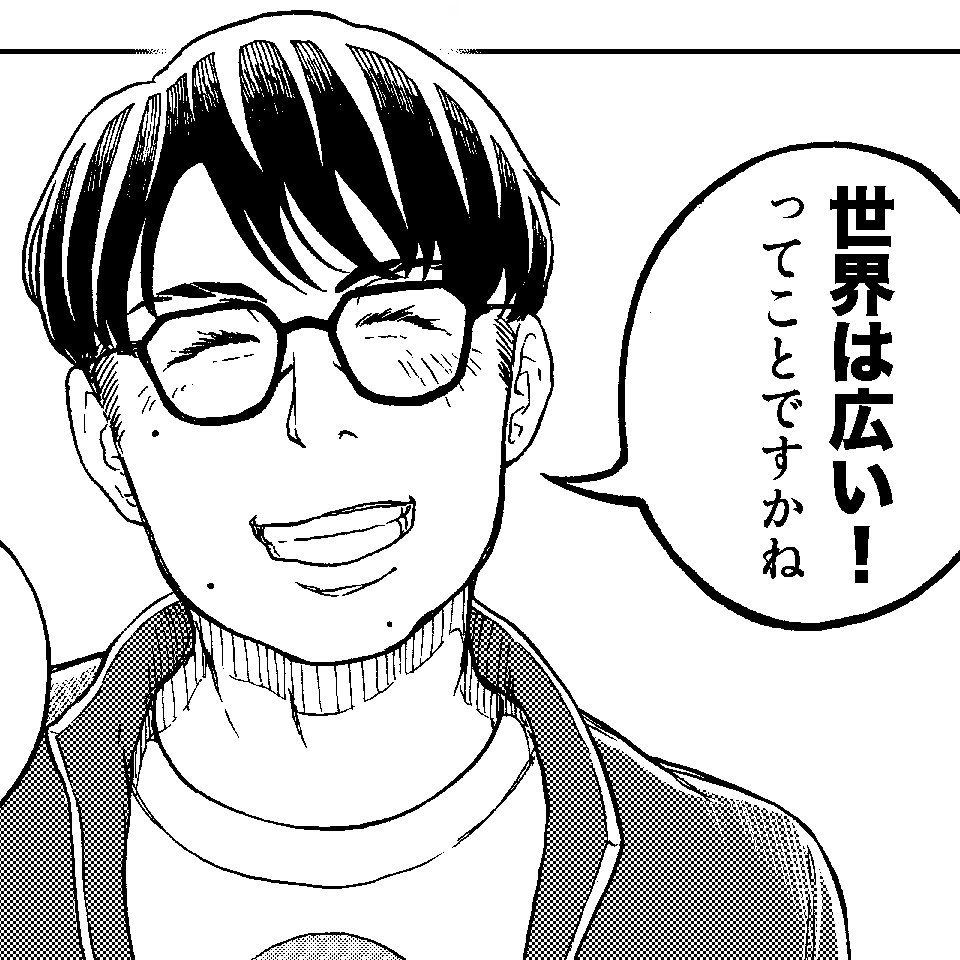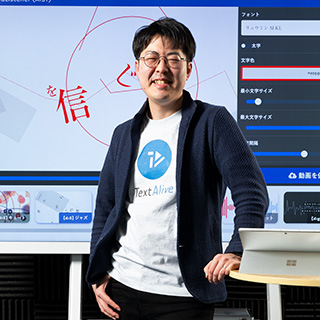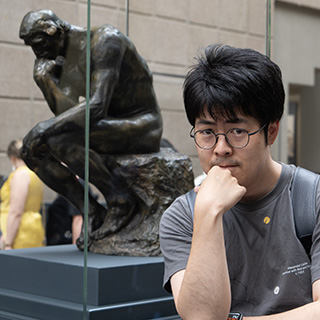 Jun KatoHuman-Computer Interaction researcher, Ph.D.
Jun KatoHuman-Computer Interaction researcher, Ph.D.
Research area
I am interested in the broad area of Human-Computer Interaction (HCI), and have been particularly passionate about how computing can contribute to cultural diversity. As such, I have focused on the design of user interfaces and integrated environments for creativity support. Improving Programming Experience (PX) is an important sub-goal to support the creativity of people with diverse technical backgrounds.
Bio
He is a Senior Researcher at AIST and the Technical Advisor (PI) at Arch Research with a focus on PX and creativity support research. From April 2024 to March 2025, he was a Visiting Scientist at ex)situ group, LISN, Université Paris-Saclay. He received a Ph.D. from The University of Tokyo (2014) and has regularly gained academic recognitions such as Honorable Mentions at ACM CHI (2013, 2015, 2023) and IPSJ/ACM Award (2021).
Recent updates
Projects
Products
The following services and tools are beyond research prototypes and used in production.
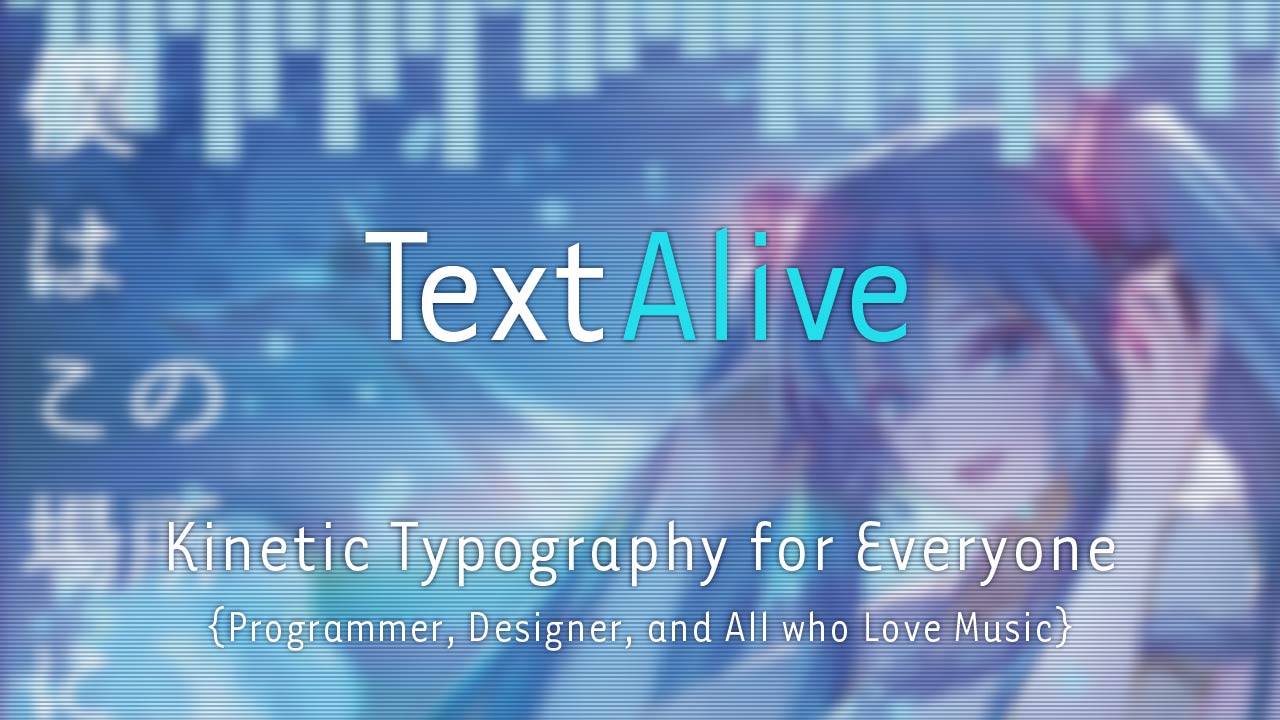
An integrated design environment for kinetic typography; desktop app revamped as a web service in 2015.
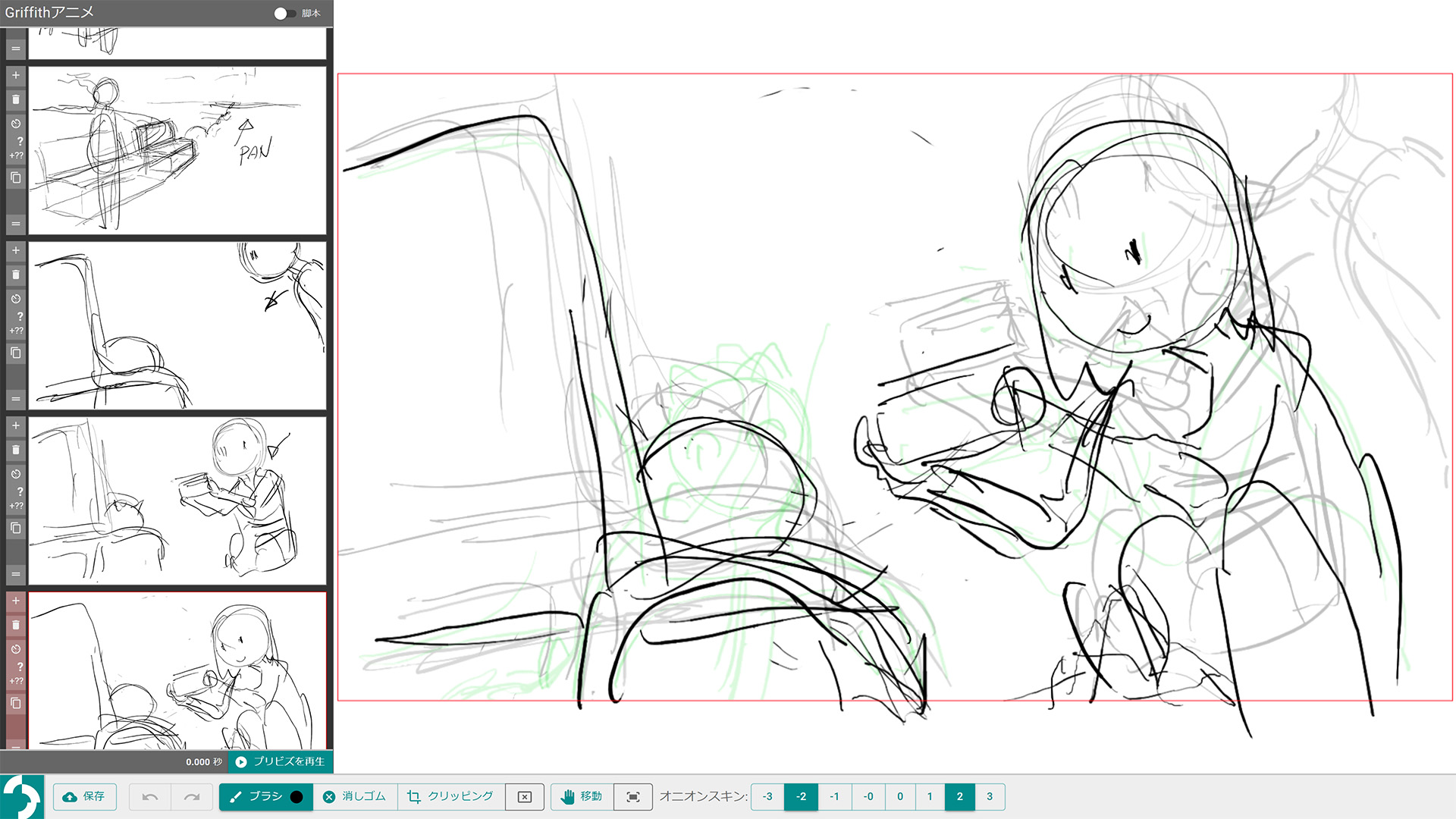
Griffith is a web-based authoring tool for Japanese animation (anime) storyboards.
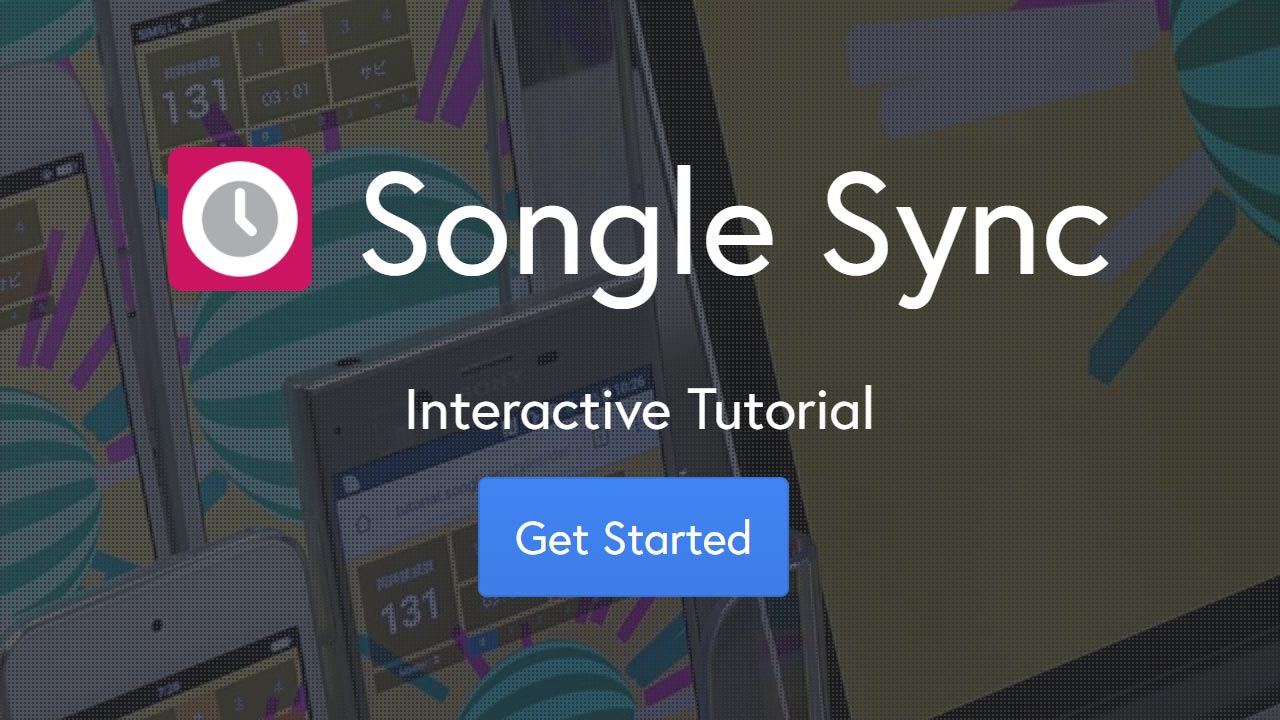
The Songle Sync platform allows controlling numerous devices in synchrony with the songs with its SDK.
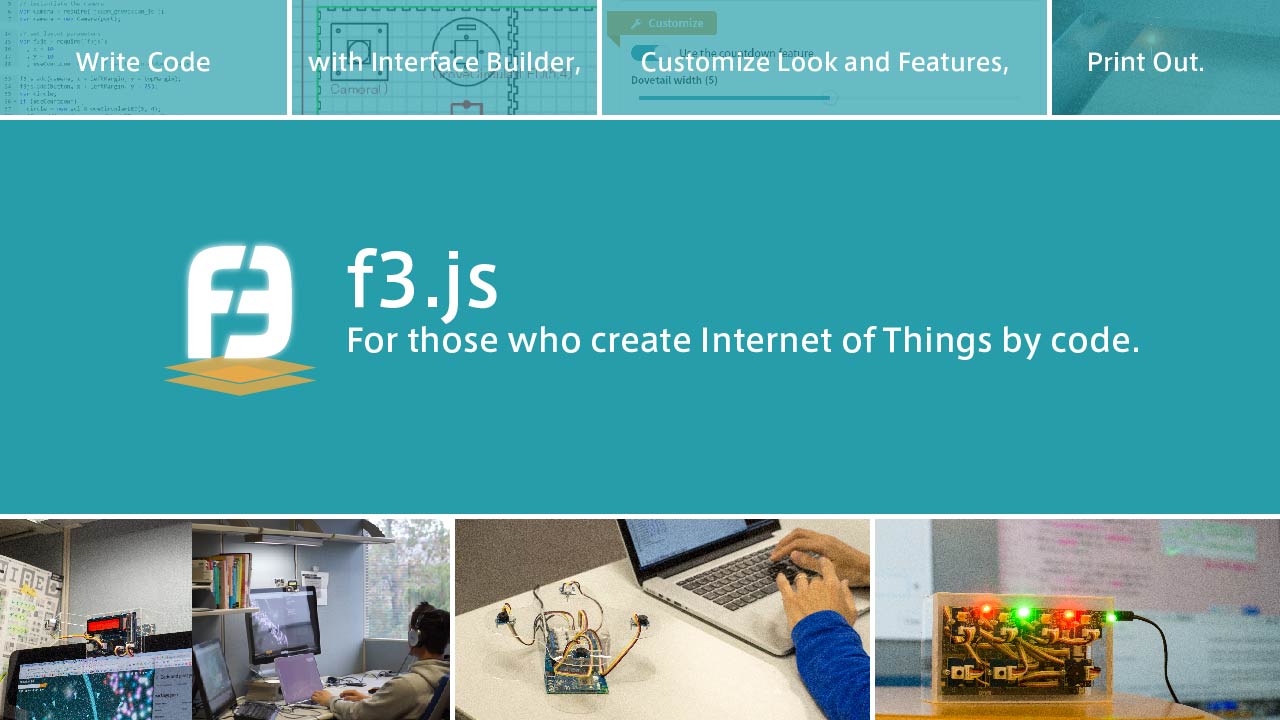
A parametric design tool for physical computing devices for both interaction designers and end-users.
Research topics
To realize a creative society in which people want to create content with the help of AI technologies, a sustainable ecosystem in which content inspires the next creation serves a critical role.
I shed light on the creative culture in such an ecosystem, build a "creativity support environment (CSE)" that supports the content creation and distribution process, and aim to establish Human-Computer Interaction (HCI) technologies that engineer, nurture, and maintain the creative culture.
Programming should be a more social activity than what it is right now. A programming environment does not need to be only for programmers. It should instead be designed for users with diverse technical backgrounds.
Such inclusive design enables the users to communicate with each other through programming-related activities, delivers benefits of programming to all of them, and would give empowerment to them.
Live programming eliminates the gulf between code and execution. User interface design plays the key role in providing live programming experience.
With appropriate user interface design, live programming can potentially benefit end-users, be used for applications whose computation takes a long time, and mean much more than merely providing real-time information of the running program.
The programming-with-examples (PwE) workflow lets developers create interactive applications with the help of example data. It takes a general programming environment and adds dedicated user interfaces for visualizing and managing the data.
This is particularly useful in developing data-intensive applications such as physical computing, image processing, video authoring, machine learning, and others that require intensive parameter tuning.
For the exhaustive list of projects, see Projects.
Contact
Please contact me via email or social networking sites rather than telephone if possible. I rarely check these conventional machines.
